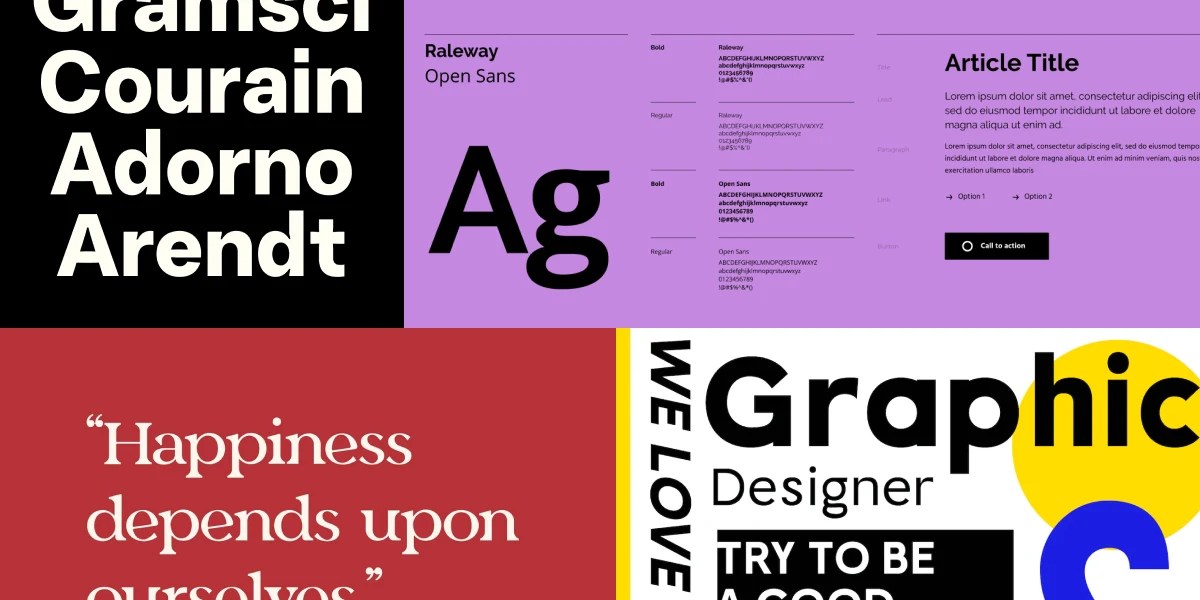Perfecting Your Name Board: A Guide to Choosing the Right Font
Ever walked past a storefront and felt instantly drawn in by its signage? Or perhaps squinted in confusion, unable to decipher the name? The font you choose for your name board is more than just letters; it's the voice of your brand, the first impression you make. Choosing the right typeface can elevate your business, making it memorable and inviting. But with a dizzying array of options, how do you navigate the world of fonts and find the perfect fit for your name board?
Selecting an ideal name board font involves balancing aesthetics with practicality. You need a font that looks good but is also easy to read from a distance. This means considering factors like letter spacing, weight, and the overall style of the font in relation to your brand identity. A playful script might be perfect for a bakery, while a bold sans-serif could be the right choice for a tech startup. Finding the sweet spot between form and function is key to effective signage.
The history of fonts for signage is intertwined with the evolution of typography itself. From hand-painted signs to the rise of digital printing, the fonts used have always reflected the prevailing design trends and technological advancements of the time. Today, we have an unprecedented selection of fonts at our fingertips, from timeless classics to cutting-edge creations. This abundance of choice can be both exciting and overwhelming.
The importance of a well-chosen font for your name board cannot be overstated. It contributes significantly to brand recognition and communicates your values and personality. Imagine a law firm with a whimsical, comic sans font – it sends the wrong message entirely. Conversely, a trendy clothing boutique using an overly formal font might alienate its target audience. The right font reinforces your brand identity and sets the tone for the customer experience.
One of the main issues when choosing a name board font is readability. A beautiful font is useless if potential customers can't read it. Factors like kerning (the space between letters) and leading (the space between lines) greatly impact legibility. A font that looks stunning up close might become illegible from across the street. Always test your chosen font at the intended viewing distance to ensure clear communication.
For optimal visibility and readability, consider sans-serif fonts like Helvetica or Arial for their clean lines, or classic serif fonts like Times New Roman or Georgia for a more traditional look. If you're aiming for a more unique and expressive style, explore script fonts, but exercise caution to ensure they remain legible.
Advantages and Disadvantages of Different Font Types for Name Boards
| Font Type | Advantages | Disadvantages |
|---|---|---|
| Serif | Classic, traditional, readable in long texts | Can appear outdated or formal in some contexts |
| Sans-serif | Modern, clean, highly legible | Can lack personality or warmth |
| Script | Elegant, unique, eye-catching | Can be difficult to read at a distance or in small sizes |
Best Practices for Implementing Your Chosen Font:
1. Consider Your Brand Identity: Choose a font that reflects your brand’s personality and target audience.
2. Prioritize Readability: Ensure your chosen font is easy to read from various distances and angles.
3. Test Different Sizes and Colors: Experiment with different sizes and color combinations to find the optimal visual impact.
4. Keep it Concise: Avoid cluttering your name board with too much text. A clear and concise message is more effective.
5. Consult a Professional: A sign maker or graphic designer can provide valuable insights and ensure your name board looks its best.
Frequently Asked Questions:
1. What is the best font for a restaurant name board? (Answer: Depends on the restaurant's style, but popular choices include Playfair Display, Trajan Pro, and Lobster.)
2. What font size should I use for my name board? (Answer: This depends on the size of your sign and the viewing distance. Consult a sign professional for guidance.)
3. Can I use multiple fonts on my name board? (Answer: While possible, it’s generally recommended to stick to one or two fonts for a cleaner look.)
4. Are script fonts suitable for name boards? (Answer: Yes, but choose a legible script font and ensure it’s appropriately sized.)
5. What are some free font resources? (Answer: Google Fonts and DaFont offer a wide selection of free fonts.)
6. How can I ensure my name board is ADA compliant? (Answer: Consider font size, contrast, and tactile lettering.)
7. What materials are best for name boards? (Answer: Popular choices include wood, metal, acrylic, and illuminated signs.)
8. What is kerning and why is it important? (Answer: Kerning is the adjustment of space between individual letters to improve readability.)
Choosing the best font for your name board is a crucial step in establishing a strong brand presence. It’s an investment that pays off by attracting customers, enhancing your brand image, and making a lasting impression. By considering readability, style, and your overall brand identity, you can create a name board that truly represents your business and welcomes customers with open arms. Take the time to explore different font options, experiment with various styles, and don't be afraid to seek professional advice. Your name board is often the first point of contact with potential customers, so make it count. A well-chosen font can elevate your signage from a simple identifier to a powerful marketing tool.
Mom and dad memorial tattoos a touching tribute
Uncovering the inferno exploring the demon skull flame tattoo
Unveiling the scope medical laboratory technologists tasks and impact














